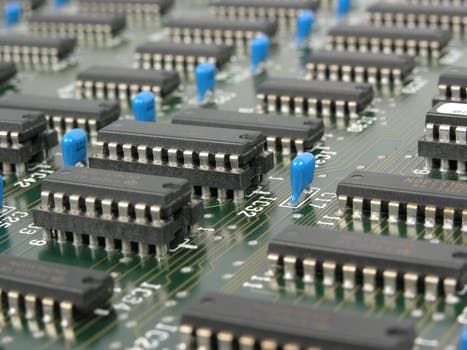Most oscilloscopes are fitted with a switch to select the trigger source. In the case of a single-channel oscilloscope, this switch will have two positions: INT for internal triggering and EXT for external triggering. In the INT mode, part of the signal is taken off from the input amplifier.
With multichannel oscilloscopes, the user can select channel A, channel B, etc., as trigger sources. Often a line-frequency trigger source is provided on single-channel and multichannel instruments, as well as EXT. It is important to understand which trigger source is most suitable for measurement. This is especially true when making multichannel and time-difference measurements.
With internal triggering, an internal trigger signal is derived from the vertical amplifier and switched to the input of the trigger circuits. Internal triggering is influenced by the setting of the AMPL/mv switch and the AC/oc switch but is not affected by any of the other vertical controls. For general applications, internal triggering is more convenient, because it does not require any extra connections. On the other hand, using external triggering makes triggering independent of vertical controls (amplitude setting and input coupling) and the input signal itself. This is especially helpful in tracing many time-related signals, as is often the case in fault-finding digital circuitry.
To measure two or more signals which are multiples of each other’s frequencies, such as signals coming from different counter stages, select the signal with the lowest repetition rate as the trigger source. Not doing so may cause double pictures in the chopped mode or a shifted time relationship in the alternate mode.
If only a one-channel oscilloscope is available, time measurements can be made if the EXT trigger input is used, measuring both signals sequentially and using one of them for external triggering.
When LINE or MAINS is selected, a voltage derived from the power-line voltage is used as a trigger source. Mains triggering is of interest when it is suspected that there is a hum superimposed on the signal. Triggering from the line voltage results in a picture where multiples of the line frequency provide a stable display. For example, it can be decided now whether a kind of amplitude modulation present on the signal originates from hum or from some other source.
Some oscilloscopes do have the facility to select composite triggering. Composite triggering has some interesting, though limited, applications. In the alternate mode, it is normally only possible to compare signals which are related in frequency. Composite triggering makes it possible to obtain a stable picture of two signals which are unrelated in frequency because with each sweep the trigger signal is also switched to the other channel. For example, it is possible to apply an accurate timing signal to channel A, apply the unrelated signal to be measured to channel B and obtain a stable display for the comparison of the two signals.
Another useful application is in the differential mode. It is not only possible to display the difference of two signals, but in the composite trigger mode, triggering may occur also on the difference signal. Any instability in triggering due to common-mode voltages present in both signals A and B is considerably reduced by triggering on the difference signal in which the common-mode signal is strongly reduced.

References
https://www.electronics-notes.com/articles/test-methods/oscilloscope/oscilloscope-trigger.php
http://www.hobbyprojects.com/oscilloscope_tutorial/oscilloscope_trigger_controls.html







